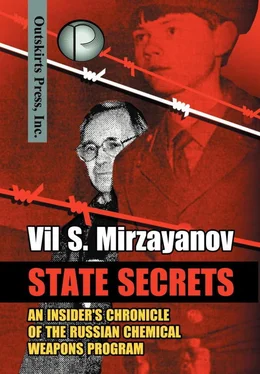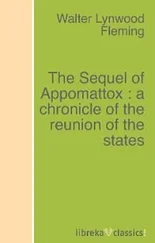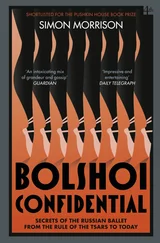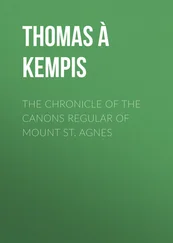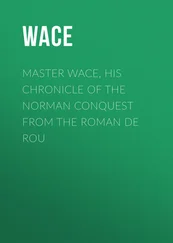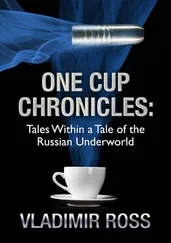Certainly he reminded me that Golubkov was also one of Communist bosses of Volgograd – Secretary of the Volgograd Gorkom – before he was promoted to Deputy Minister.
See Annex 3.
Vladimir Shcherbak, “They hid the fact of the fire at the Factory but discovered “A method of incineration of chemical agents”, Megapolis-Express, February 17 1993; Vladimir Shcherbak, “Where to destroy the chemical weapons”, Moscow News, March 14 1993.
I have no doubt about Vladimir’s credibility. For a long time he worked as the chief of the department for the development of technologies of production of the precursors of chemical agents in the Shikhany affiliate of GOSNIIOKhT. Then he became director of GOSNIIOKhT’s Novocheboksary affiliate, working on the problems of utilization of pre-cursors at the Novocheboksarsk Factory.
Childhood illness rates in the areas surrounding the Novocheboksary plant are almost 40 percent higher than in other cities of the Chuvashiya Region. Birth defects near Novocheboksary run at roughly 90 percent. D. Frolov, “A Secret still remains A Secret”, Segodnya (30 December 1993); I. Nikonov, “What the reporter from Stern Magazine could not know” , Cheboksarskie Novosti (19 November 1992).
Judith Perera, “Environment: Wounds of war – Can Russia combat the deadly legacy of chemical production?” Guardian , 23 April, 1993.
Identification of Potential Organophosphorous Warfare Agents: An Approach for the Standardization of the Techniques and Reference Data (Helsinki: The Ministry for Foreign Affairs of Finland, 1970).
Identification of Degradation Products of Potential Organophosphorous Warfare Agent. An Approach for the Standardization of Techniques and Reference Data (Helsinki: The Ministry for Foreign Affairs of Finland, 1980).
Air Monitoring as a Means for Verification of Chemical Disarmament. C.2. Development and Evaluation of Basic Techniques, Part I (Helsinki: The Ministry for Foreign Affairs of Finland, 1985).
Air Monitoring as a Means for Verification of Chemical Disarmament. C.3. Field tests, Part II (Helsinki: The Ministry for Foreign Affairs of Finland, 1986).
Air Monitoring as a Means for Verification of Chemical Disarmament. C.4. Further Development and Testing of Method, Part III (Helsinki: The Ministry for Foreign Affairs of Finland, 1987).
International Inter-Laboratory Comparison (Round-Robin) Test for the Verification of Chemical Disarmament. F.1. Testing of Existing Procedures ( Helsinki: The Ministry for Foreign Affairs of Finland, 1990).
In October 22 1992 he participated in a search of Lev Fedorov’s apartment by the KGB. See Annex 8.
Ralph Trapp, Verification under the Chemical Weapons Convention: On-Site Inspection in Chemical Industry Facilities (Oxford University Press, Stockholm International Peace Research institute (SIPRI), 1993).
International Inter-Laboratory Comparison (Round-Robin) Test for the Verification of Chemical Disarmament. F.4. Validating of Procedures for Water and Soil Samples (Helsinki: The Ministry for Foreign Affairs of Finland, 1993).
See ref. 10.
Victor Petrunin, “To the 80th anniversary of GNTC NII Organic Chemistry and Technology – GOSNIIOKhT”, Chemical and Biological Safety (in Russian), N 5, 2004, pp. 5-10. http://www.cbsafety.ru/rus/saf17_02.pdf.
Ellsberg is renowned for preparing and releasing the Pentagon Papers to the New York Times in 1971. These documents contained secret and incriminating information about US conduct in the Vietnam War. Robert Reinhold, “Ellsberg Calls Decision ‘Great,’ But Says Ruling on Vietnam Papers is not Surprising,” New York Times, 1 July 1971. Daniel Ellsberg, “Secrets: A Memoir of Vietnam and the Pentagon Papers (New York, 2002: Penguin Putnam Inc.), pp. 498.
In October 1986, Mordechai Vanunu, who had worked at the Dimona nuclear facility, told the London Sunday Times about Israel’s secret nuclear weapons program, which he had documented with photographs. Vanunu must have also been aware of the risks he was taking. Even before the story hit the press, Israeli secret agents kidnapped him and brought him back to Israel, where he was secretly sentenced to eighteen years of prison. He spent eleven and a half years in solitary confinement. Jonathan Randal, “Israeli Troops Kill 4 West Bank Palestinians; Vanunu Is sentenced to 18-Year Term for Revealing Nuclear Secrets,” Washington Post , 28 March 1988, A21.
Director of Volgograd NPO Khimprom V.V. Pozdnev along with his accomplices Sergei Golubkov, Igor Gabov and Konstantin Guskov organized a lucrative underground business which produced civilian wares that were sold in stores. Cash from this scheme was flowing directly into a huge safe installed in the office of Director Pozdnev. They spent part of this money for providing “a good time” to selected people from Moscow in a special resort built for these purposes. An investigation was started, but only the head bookkeeper was sentenced to prison, and Pozdnev died of a heart attack.
For instance, Howard T. Uhal, ex-Clemson University, Clemson, SC, USA, “Soviet Chemical Warfare Agents Novichok and Substance 33: Were They Used During the Persian Gulf War?” http://www.nbcdefence.net/nore/novi_1.htm
Human Right Watch President Ken Anderson’s private letter to author, 1996.
Vil Mirzayanov, “Inversion”, Kuranty , October 10, 1991. See Annex 1.
The leaflet of the Committee of Democratic Movement of Russia in GRNIIOKhT, “Witch Hunt” at GRNIIOKhT, September 1991. See Annex 2.
Lev Fedorov, “The Delayed Death”, Sovershenno Sekretno, 12 August 1992.
Before that I had a telephone conversation with Andrei. He knew about the article “A Poisoned Policy” and he approved of it. I asked him whether he could give an interview to the American journalist Will Englund. I hoped at the same time that after his history was known by some responsible agencies in the US, perhaps they could give him the chance to be cured in an American hospital. Unfortunately at that time, I didn’t know there are not any such responsible agencies, and the ones that exist are mostly busy trying to compromise people like me. Anyway Andrei agreed to give an interview, and I immediately called Will. As a result the whole world became familiar with his history and the history of the development of Russian Novichok agents and a binary weapon based on them. See ref. 40.
Vil Mirzayanov and Lev Fedorov, “A Poisoned Policy”, N 39, September 16, 1992. See Annex 3.
Letter Dated 30 January 1992, from the Representative of the Russian Federation Addressed to the President of the Conference on Disarmament, Transmitting the Text of the Statement Made on 29 January 1992 by B .N. Yeltsin, the President of the Russian Federation, on Russia’s Policy in the Field of Arms Limitation and Reduction,” CD/1123 (Geneva: 31 January 1992).
Читать дальше
